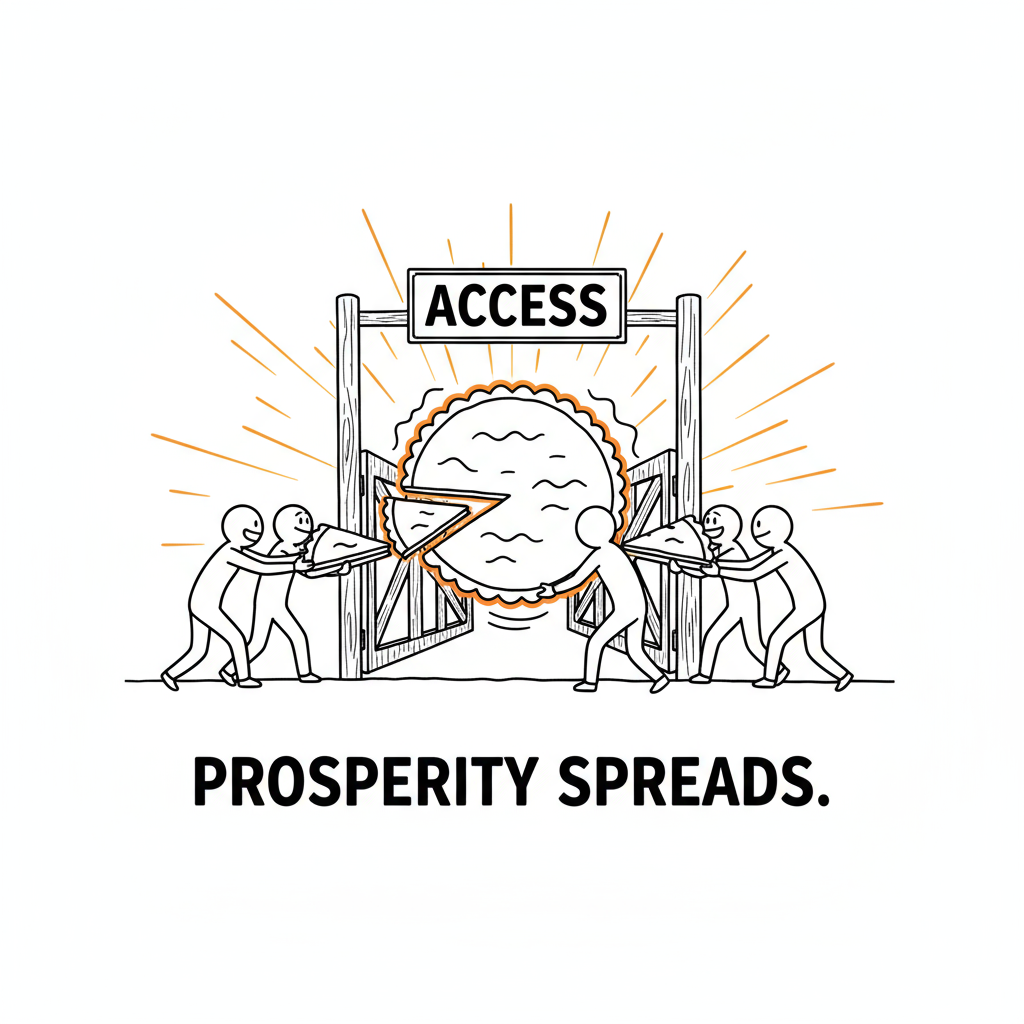The Future of AI Is About People
AI lowers the cost of thinking, and when a society lowers the cost of something fundamental like cognition the change arrives everywhere at once, not as thunder but as a steady rise in competence that shows up in better choices, faster cycles, and fewer dead ends; that is why the headline is not machines replacing people but people directing more leverage with the same effort.
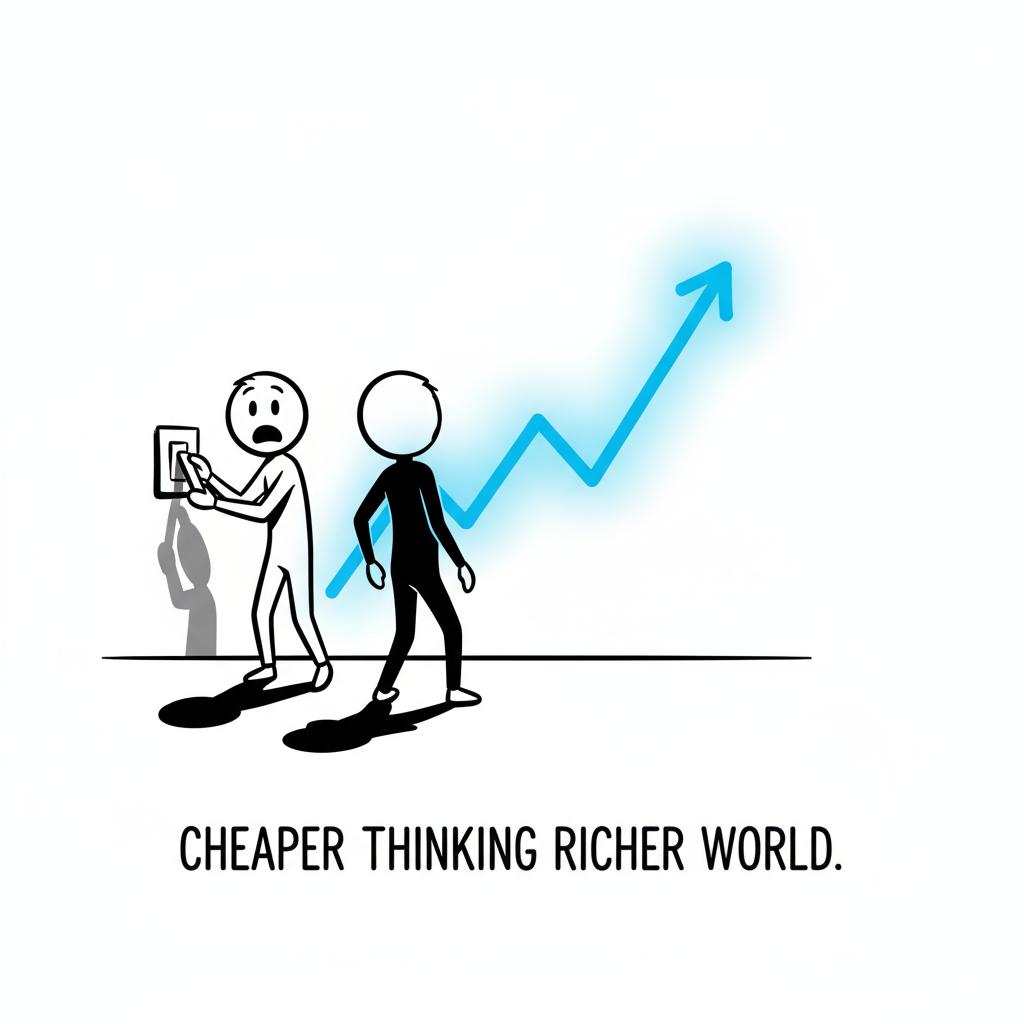
Work keeps its purpose while its shape changes, because jobs are bundles of tasks and many of those tasks are research, drafting, planning, translation, retrieval, and troubleshooting that software can now do quickly and without complaint; the human role tilts toward selecting problems worth solving, setting the constraints that protect customers and brand, deciding what good looks like before a single unit is shipped, and carrying responsibility when tradeoffs bite.
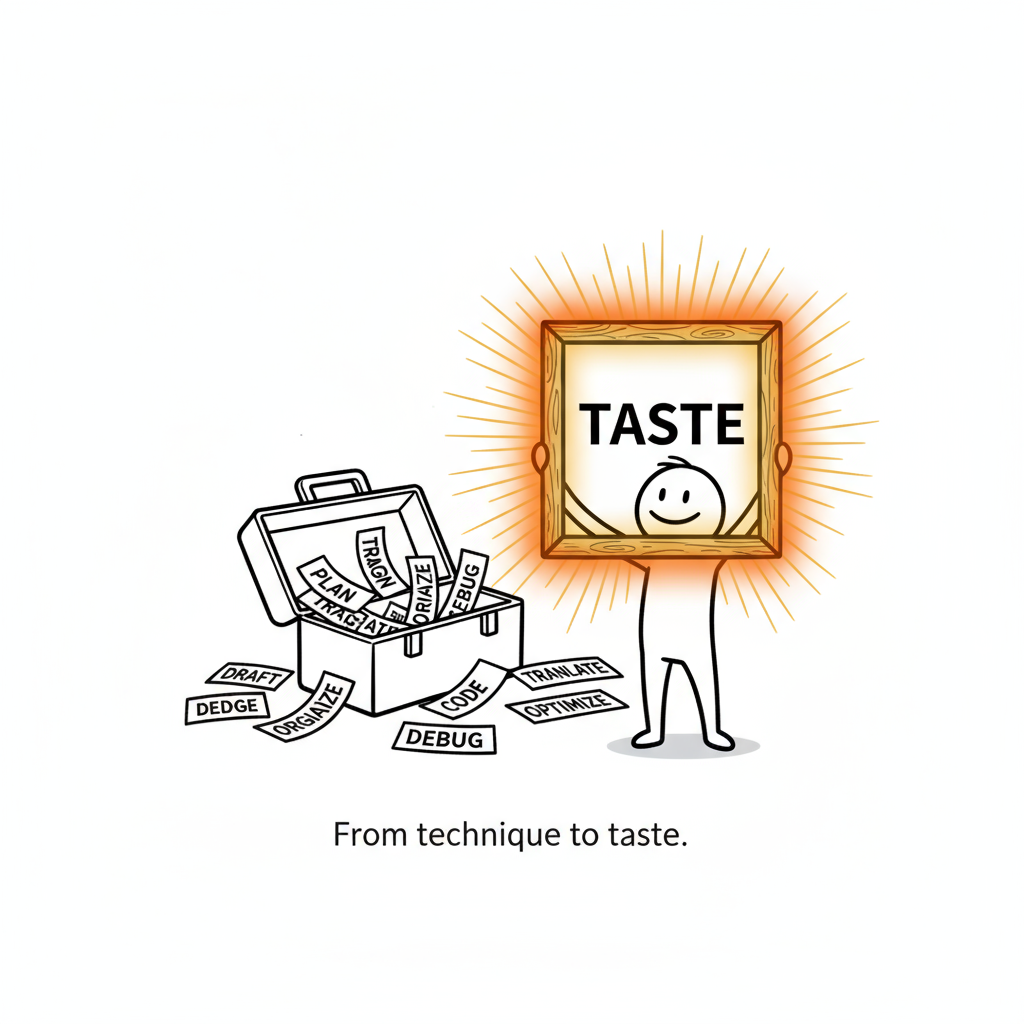
The first dividend is time because a thousand small clerical frictions dissolve into background automation, and calendars return hours that were once trapped in status notes and basic analysis; some people use those hours to produce more and earn more, others use them to study, rest, or care for someone who needs them, and both uses increase welfare because time is a currency that compounds inside families and teams.
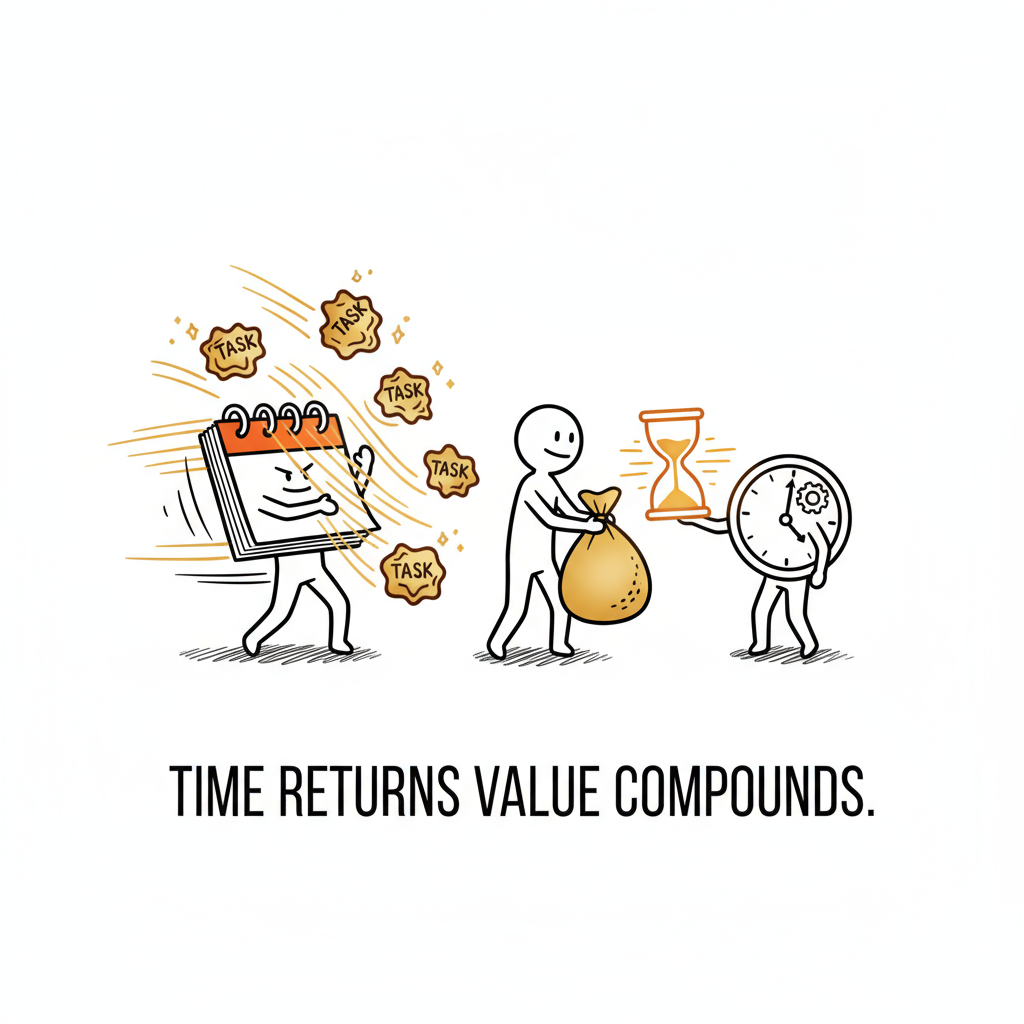
Care work moves forward rather than back, since trust still travels through faces and voices and presence, while AI takes the backstage load that used to break the people doing the caring; a nurse looks at a patient instead of a screen, a teacher engages a student instead of wrestling a spreadsheet, and an account manager listens with both ears because documentation writes itself and follow ups compose themselves.
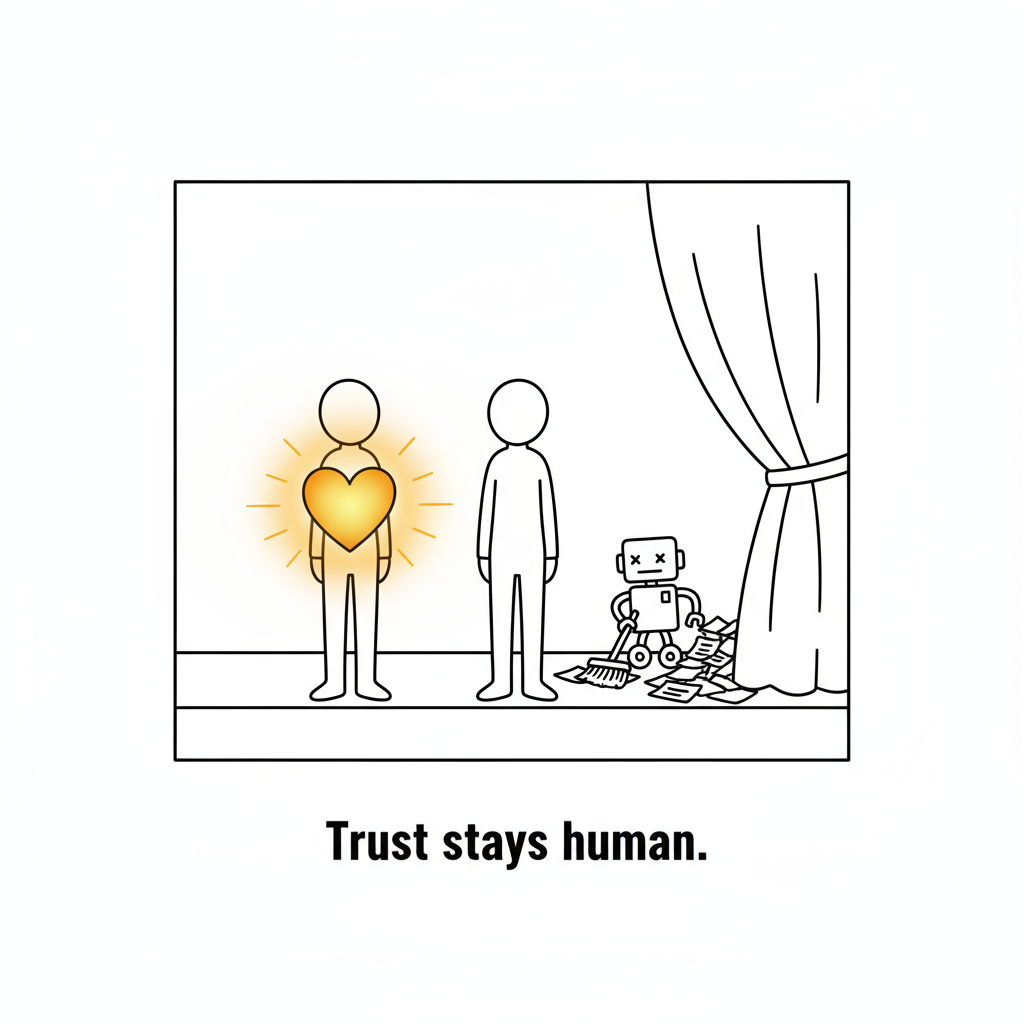
Education becomes the quiet revolution because a tutor that explains in your language, adapts to your pace, and never tires is no longer a luxury but an input available at marginal cost; teachers keep authority and gain new reach, students cross skill thresholds that once filtered them out, and an economy with a broader base of competent people produces more with less waste.

Creativity widens and deepens at the same time, not because machines make art for us but because they let more people prototype ideas quickly and help skilled people explore ten directions before lunch; the floor rises as drafts improve and options multiply, the ceiling stays high because taste and editorial judgment still separate interesting from right, and the market allocates attention to work that earns it rather than work that shouts for it.
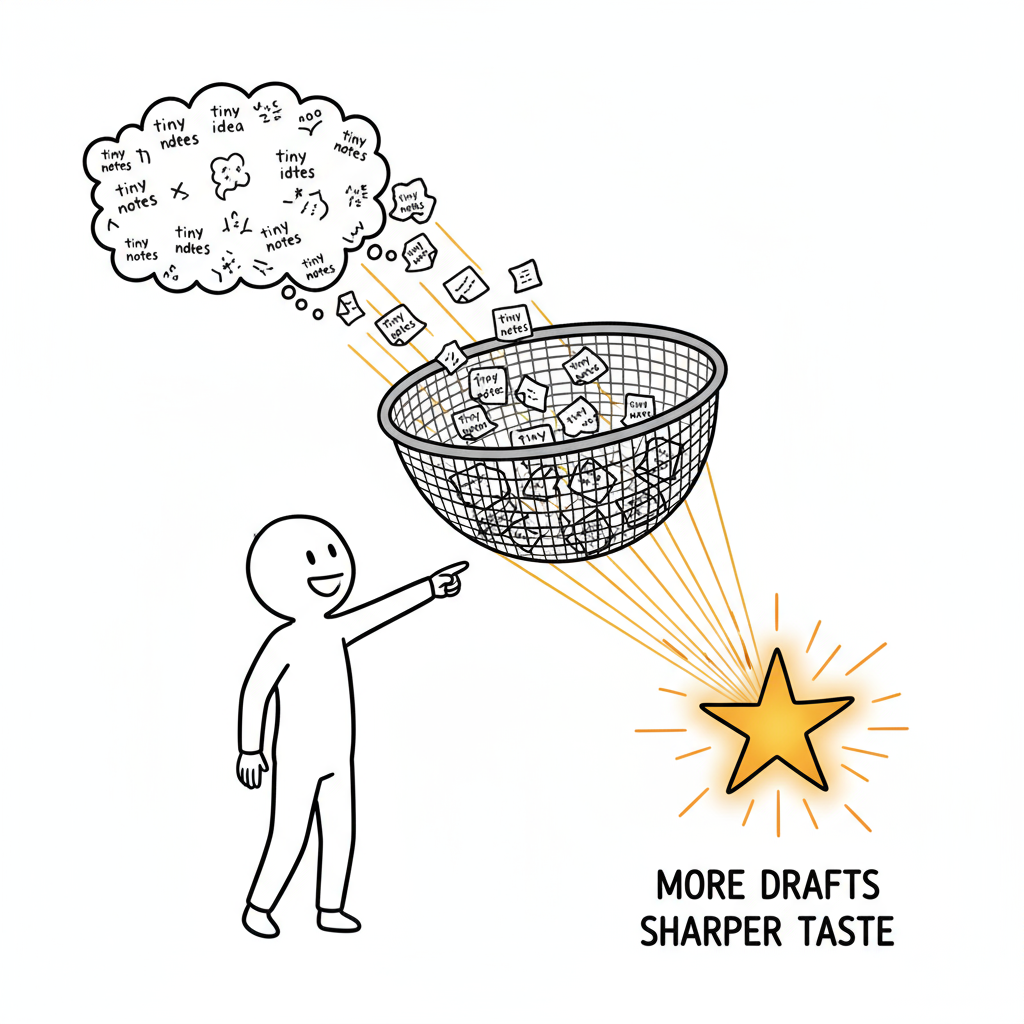
Inside companies, documentation becomes a living system that tools can read and act upon, so fewer meetings exist just to pass state from one mind to another and more decisions get captured where the work happens; teams route well-scoped tasks to agents overnight, wake up to results, and spend human attention on standards, tradeoffs, and customer contact, which is where judgment pays.
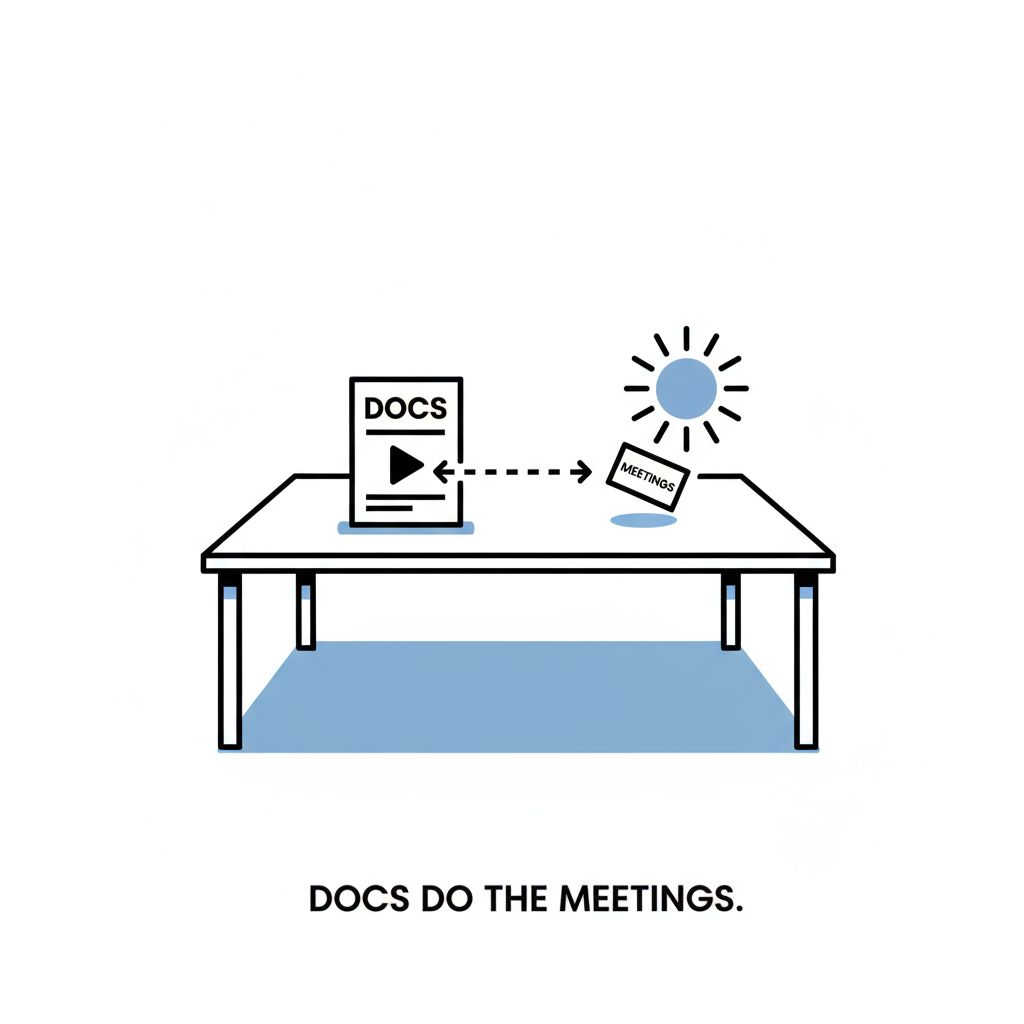
Prices in many services bend down as the first eighty percent of effort becomes fast and inexpensive, which opens markets that were uneconomical under the old cost structure; legal research, design drafts, analytics, training, translation, support, and compliance reach customers who were previously priced out, and prosperity spreads because access expands.
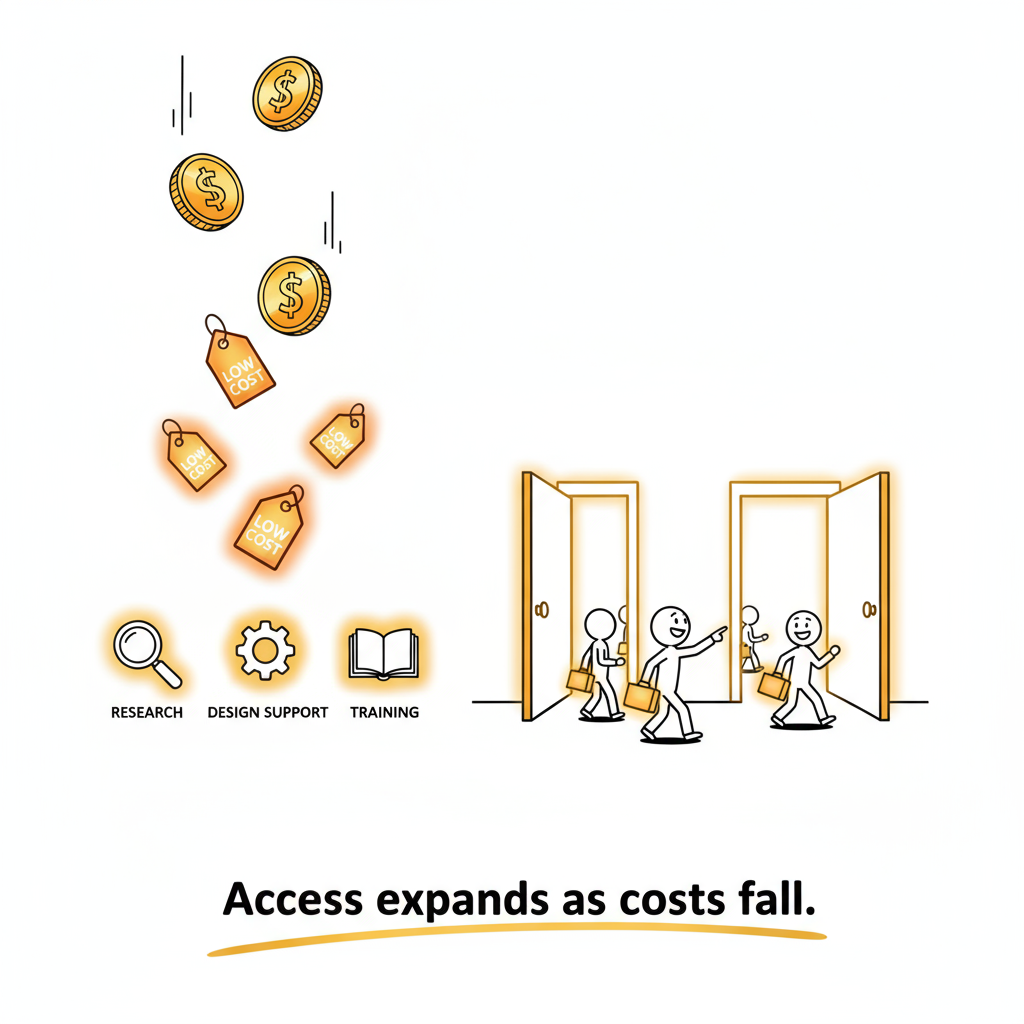
Inequality does not vanish, and adoption concentrates advantage at first, yet this wave rewards agency more than capital alone, since the scarce skill is the ability to delegate clearly to a machine and then integrate the result with judgment; natural language interfaces shorten the on ramp, broad access reduces the gap, and competence with these tools becomes a learned civic skill rather than a birthright.
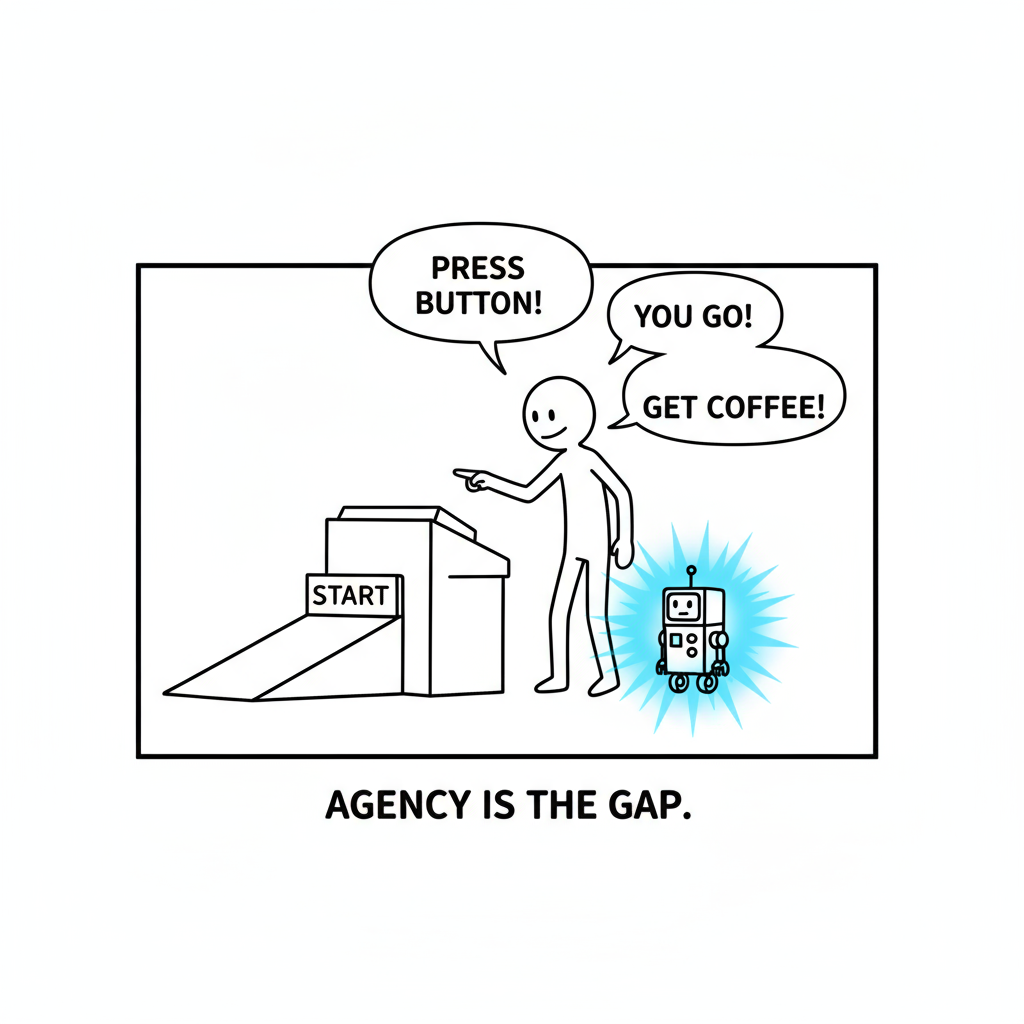
Risk is real and manageable rather than mystical, because hallucination, bias, brittle integrations, and security exposure are engineering and governance problems, not prophecies; measurement, audit trails, red teaming, sandboxing, and human review keep error costs bounded, and institutions that build these muscles compound trust while those that refuse to adapt spend it.
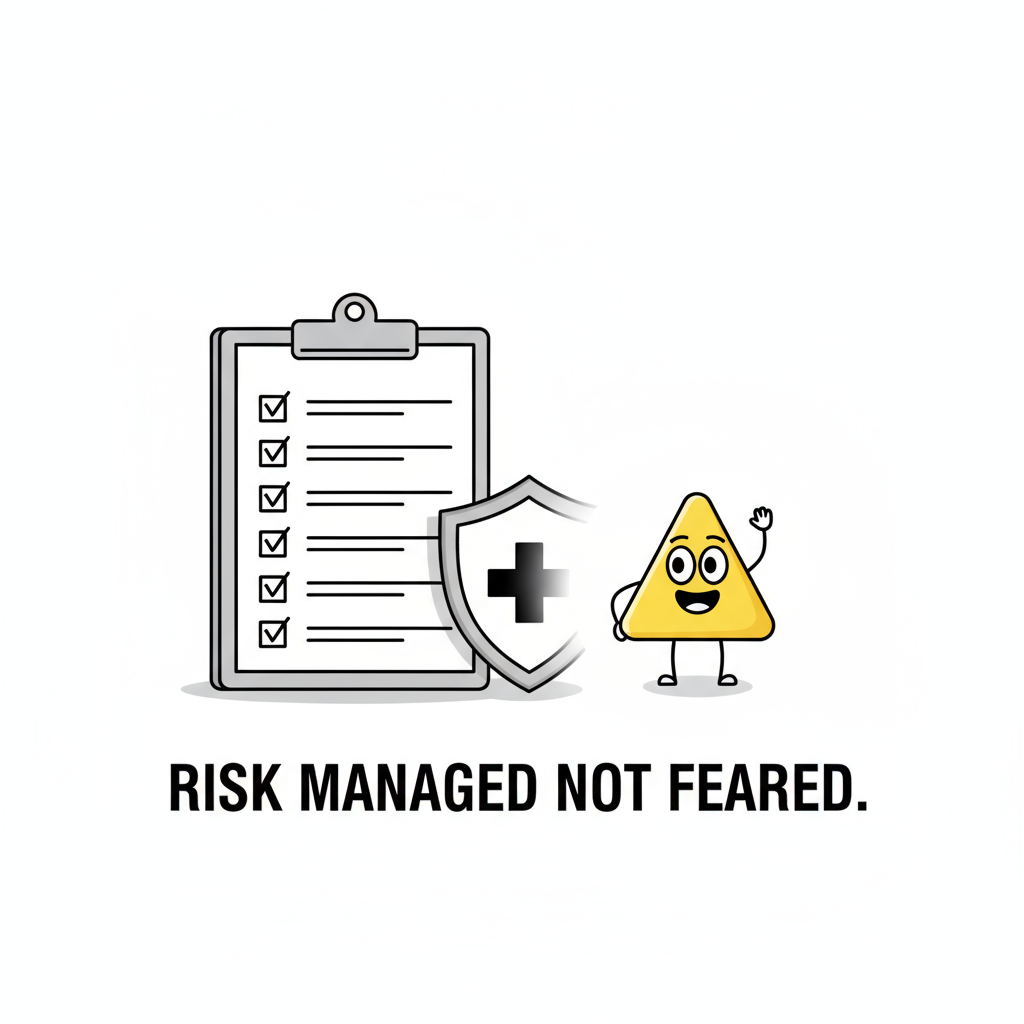
Science accelerates in ways that matter outside journals, since literature can be mapped in minutes, hypotheses generated and ranked with provenance, datasets cleaned without weeks of drudgery, and methods expressed as executable artifacts that improve replication; the distance from question to test to application shrinks, and when that distance shrinks everyday life improves because translation speeds up.
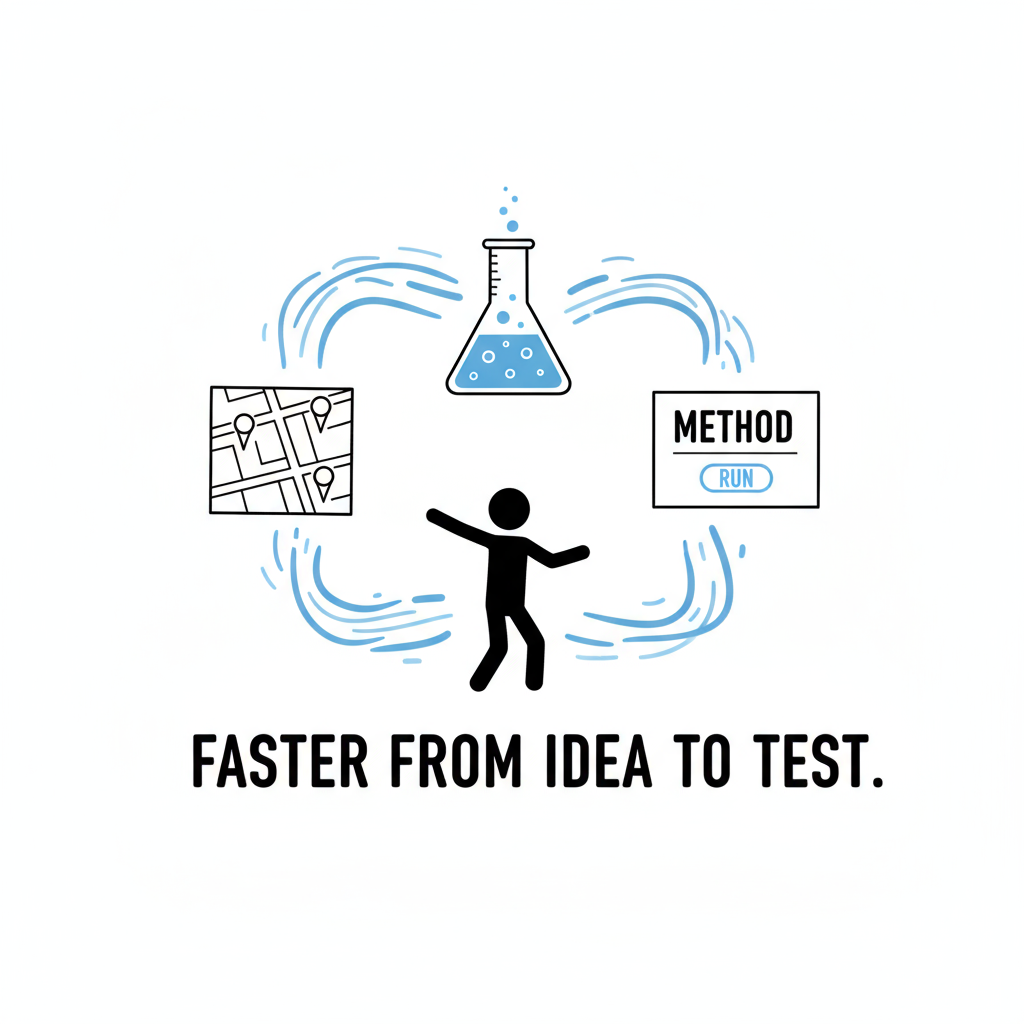
Culture benefits as coordination costs fall, because local businesses gain marketing and analytics that once required agencies, community groups ship tools instead of petitions, and small civic projects survive the maintenance phase that used to kill them; social capital grows when a thousand useful things become slightly easier to start and much easier to keep running.
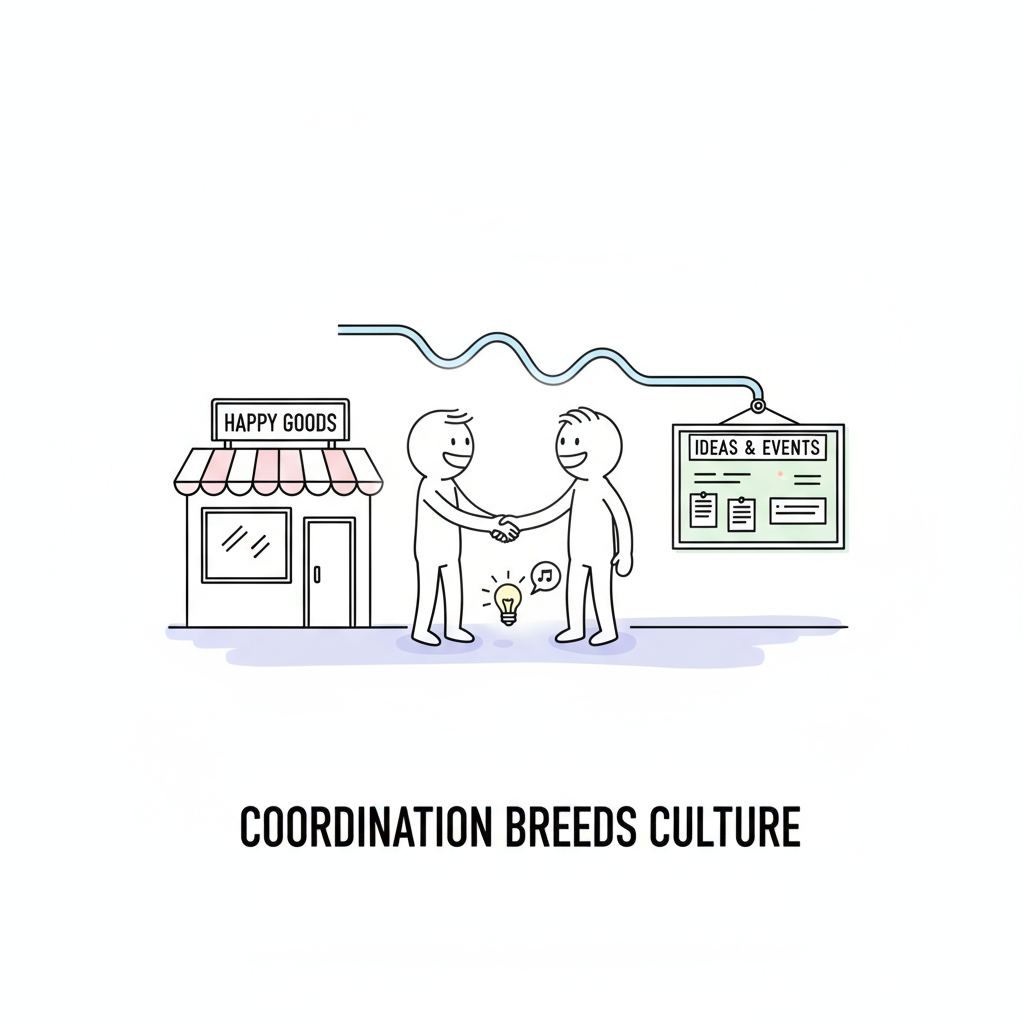
Ownership patterns adapt, as open models, shared datasets, and lightweight legal wrappers let creators and small firms keep a larger share of what they build while still renting the heavy infrastructure they need; capital continues to matter, but so does the discipline to define the problem precisely, to set standards that reflect values, and to distribute gains in ways that build durable ecosystems rather than fragile dependencies.
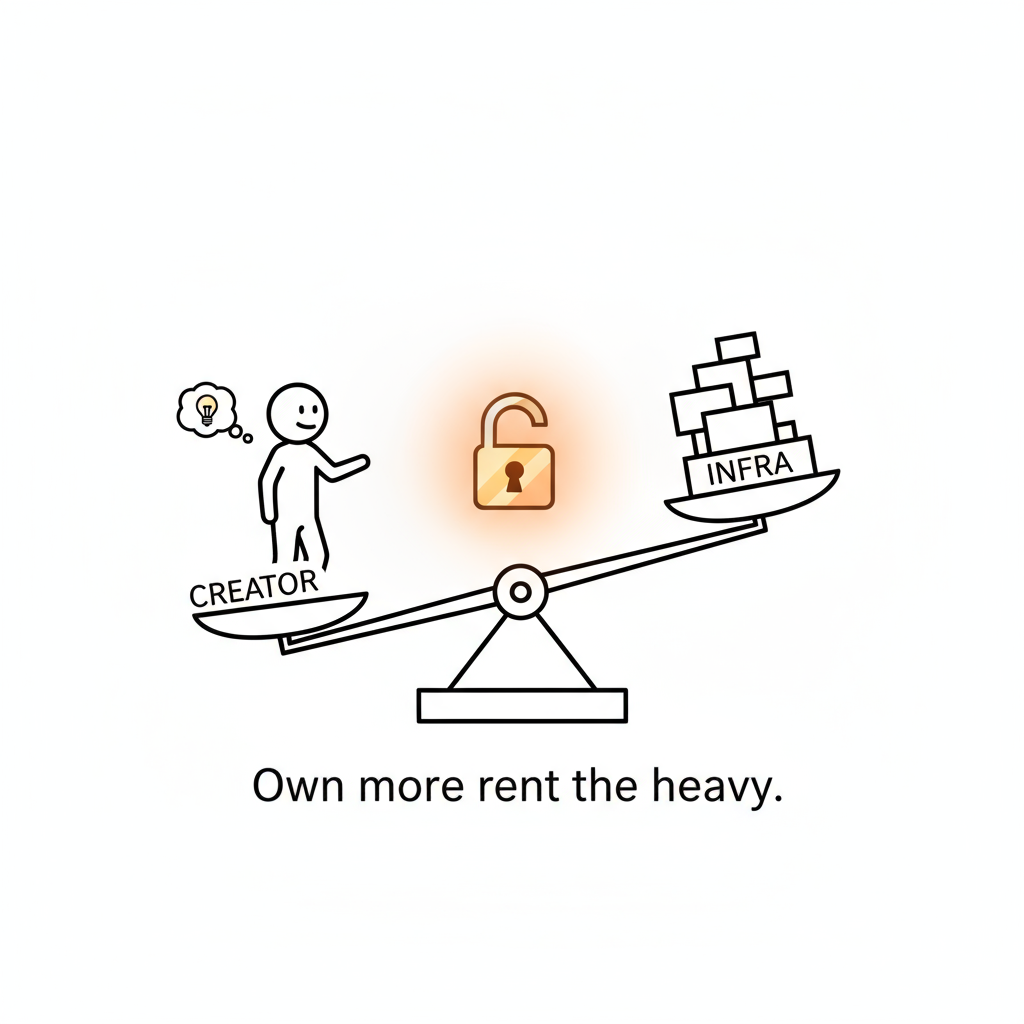
At the individual layer, people carry personal systems that remember context, draft options, and simulate next steps, which lets judgment operate at a higher altitude; the person still chooses ends, sets ethical boundaries, and bears the downside of a bad call, and that is the part that remains stubbornly human because it is not computation but character.

The world gets richer because output per person rises while access widens, because prices fall in categories that were labor bound while new services appear where demand existed but margins did not, and because more people can convert intention into working systems without permission from gatekeepers; machines improve means, people decide ends, and prosperity spreads when those two facts stay in balance.
